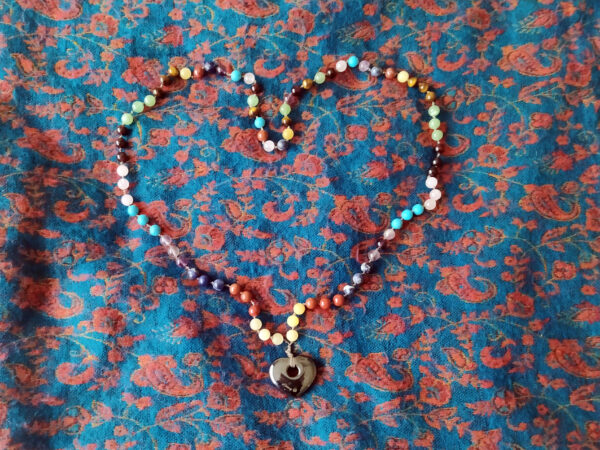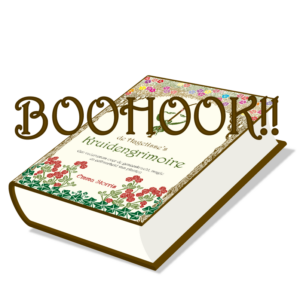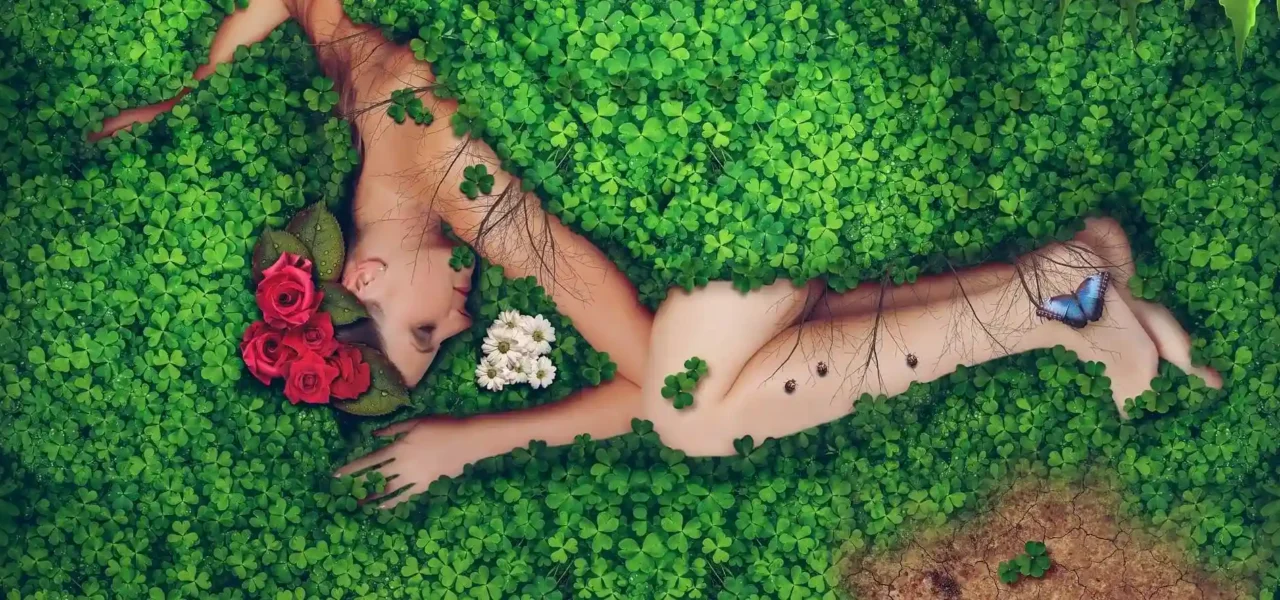Life after a chronic illness

Some time ago, I wrote about self-healing. Those who have read this blog know that I once had the label of being chronically ill myself. I have been living without any medication for a long time now and consider myself healthy. However, there’s no rest for the wicked. Firstly, because from my early years until the point where I took control, I was prescribed rather rotten medications. Secondly, everyone faces challenges regularly. Thirdly, as a human, you are never finished with self-development. What the famous philosopher Shrek said about ogres applies to humans too: they are like onions. They contain layers you can peel away. So, in my life after chronic illness I continue to take good care of myself.
Practice makes perfect
What does that look like? It varies from time to time. In the past six months, many things have happened in my life that caused a lot of stress and still do. They range from practical things, such as not having a home, to the death of key figures in my life. I’ve noticed that my stress and thus my cortisol levels rise faster than in people without my medical history. My advantage is that, nowadays, I am quick to recognise the signs that things are heading in the wrong direction and I know increasingly better what to do about it. And because I keep developing myself, there are new insights and techniques that I can use.
Reducing stress and cortisol levels
That’s the positive side I see. Every time I go through this process, I discover that there is another layer beneath it all. I then proceed to peel that layer off. Being the onion that I am, this comes with tears as a matter of course. Biochemically that comes in handy because crying releases oxytocin, which lowers your cortisol levels and thus your experience of stress. Just like cuddling, which I definitely don’t mind doing. Did you know that it doesn’t necessarily have to be with a human? Hugging an animal also releases oxytocin.
I take this process very seriously. After all, I don’t want to go back to square one, which is what hiding and ignoring does. That’s why I go all in. I make sure I nourish myself well, actively engage in stress reduction through meditation, gratitude practice, bodywork, and the things I mentioned above. I avoid external stress, so I don’t read newspapers, watch a cheerful movie at most, and spend a lot of time outdoors. And I chip away at that layer of Emma-onion using various methods, among which is usually some form of shadow work, to reach my subconscious and loosen things up that are stuck. And who knows, maybe this layer will lead me to that piece of unresolved issues that will permanently normalise my cortisol levels. And if not, we’ll just keep going. It’s not as if I don’t also just really enjoy continuing to learn and grow.
The role of trauma, stress, and cortisol in chronic illness
By the way, chronic stress and thus cortisol issues due to unresolved trauma are at the root of a whole host of conditions. Ironically, when dealing with these conditions, conventional medicine often prescribes corticosteroids. The result? Even more cortisol. It should not come as a surprise that many conditions worsen over time. So, what is the solution? That varies from person to person, but a holistic approach to health for sure. The steps I describe in this blog can, in any case, help with damage limitation and stress reduction.




